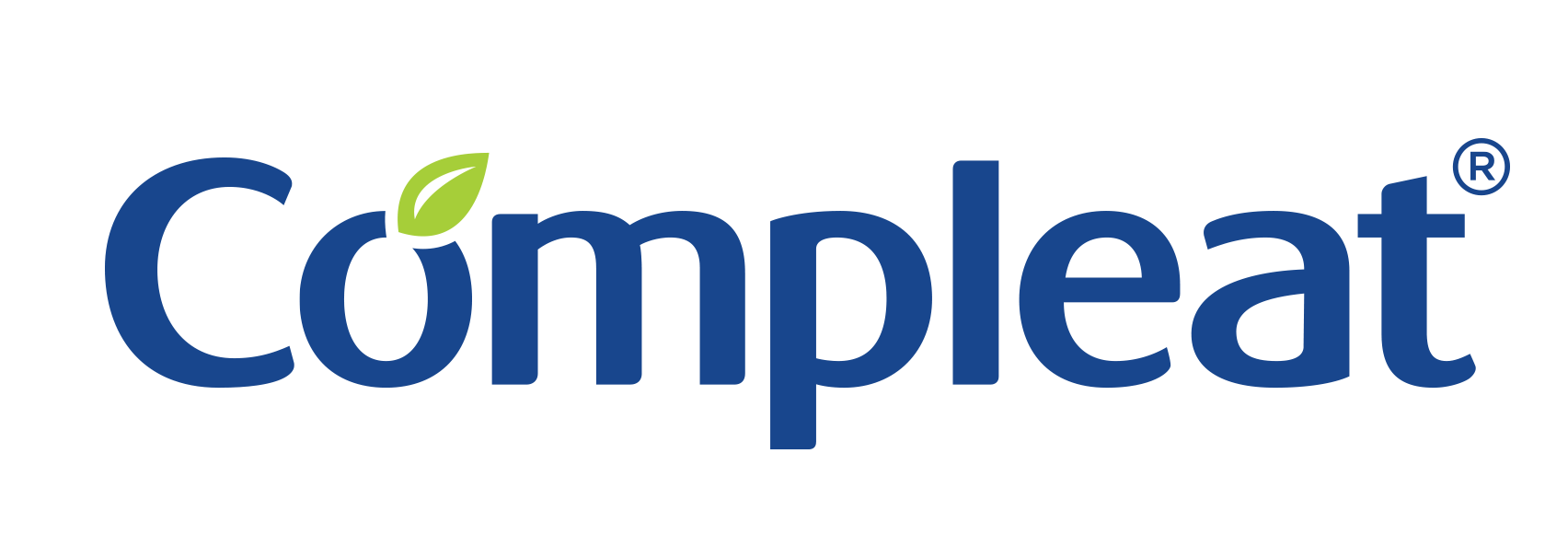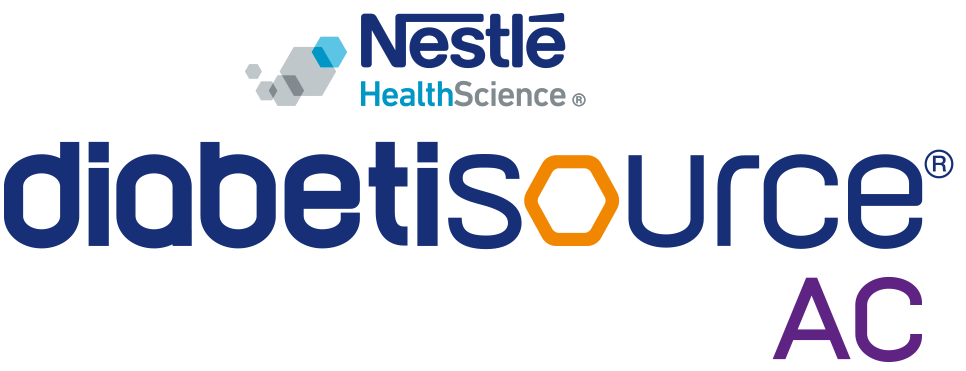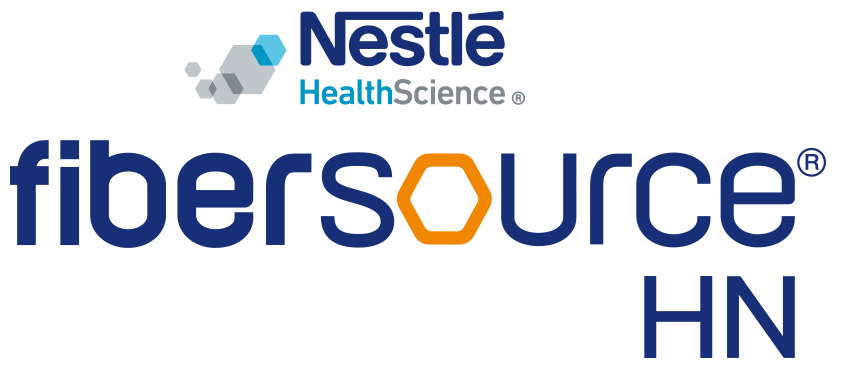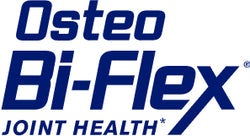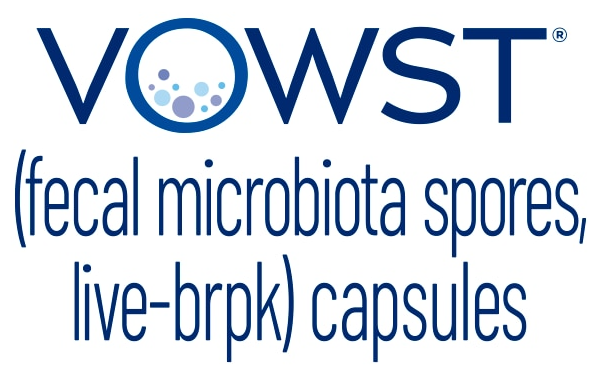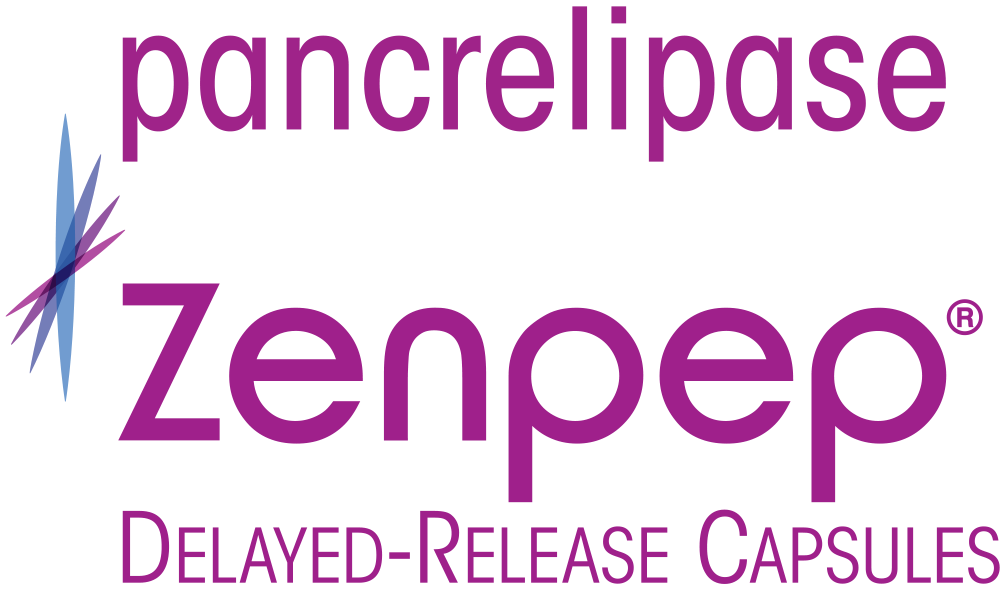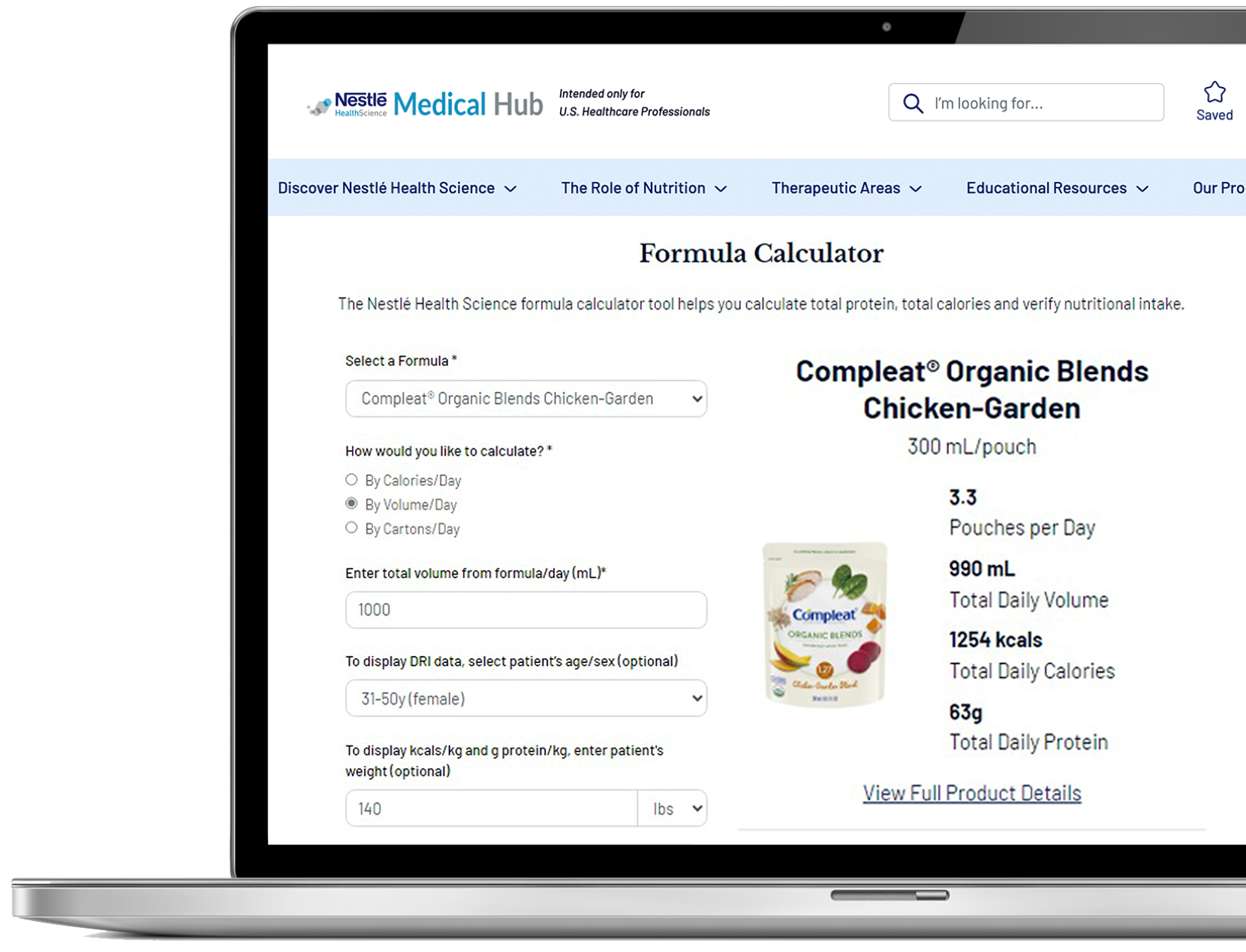The pivotal step to demonstrating the value of nutrition and reducing the risks associated with malnutrition is to take the first step.
Your Quality Improvement (QI) project should be straightforward, focus on a relevant issue, be team oriented and refined on a continuous basis to track ongoing improvements.
So, where to start?

ENact® Resources provide QI nutrition project ideas targeting high risk populations, from pediatric to adult. You can easily modify project goals or use them as a guide to develop your own.
Critical Care – Pediatrics and Adult
Inadequate provision of nutrition in ICU patients is associated with increased overall complications, prolonged length of stay, and increased mortality. 1-7 These toolkits will address the risk of intolerance and suboptimal protein delivery in the intensive care unit (ICU) patient.
Surgery
Surgery complications are costly and increase readmission risk. 8,9 Postoperative complication is the most significant independent risk factor leading to hospital readmissions 9 and directly correlates with increased costs of care. Pre- and post-operative immunonutrition has been demonstrated to decrease the risk of infectious complications. 10 The preoperative toolkit focuses on optimizing patient compliance for pre-surgical usage of oral immunonutrition. The postoperative toolkit focuses on optimizing prescriber compliance for post-surgical usage of enteral immunonutrition.
References
- Villet S, et al. Negative impact of hypocaloric feeding and energy balance on clinical outcome in ICU patients. Clin Nutr. 2005;24:502-509.
- Rubinson L, et al. Low caloric intake is associated with nosocomial bloodstream infections in patients in the medical intensive care unit. Crit Care Med. 2004; 32:350-357.
- Petros S, et al. Enteral nutrition delivery and energy expenditure in medical intensive care patients. Clin Nutr. 2006;25:51-59
- Alberda C, et al. The relationship between nutritional intake and clinical outcomes in critically ill patients: Results of an international multicenter observation study. Intensive Care Med. 2009;35:1728-1737.5 HCUP Nationwide Inpatient Sample (NIS). Health Care Cost and Utilization Project (HCUP). 2008.
- Mehta NM, et al. Nutritional practices and their relationship to clinical outcomes in critically ill children — An international multicenter cohort study. Crit Care Med 2012;40(7):2204–2211.
- Mehta NM et al. Adequate enteral protein intake is inversely associated with 60-d mortality in critically ill children: a multicenter, prospective cohort study. Am J Clin Nutr 2015;102:199–206.
- Corkins MR, et al. Malnutrition diagnoses in hospitalized patients: United States, 2010. JPEN J Parenter Enteral Nutr 2014;38(2):186–195.
- HCUP Nationwide Inpatient Sample (NIS). Health Care Cost and Utilization Project (HCUP). 2008.
- Kassin MT, et al. Risk Factors for 30-Day Hospital Readmission Among General Surgery Patients. J Am Coll Surg. 2012;215:322-330.
- Drover JW, et al. Perioperative Use of Arginine-supplemented Diets: A Systematic Review of the Evidence. J Am Coll Surg. 2011;212:385-399.9 Braunschweig C, et al. J Am Diet Assoc. 2000;100:1316-1322.












